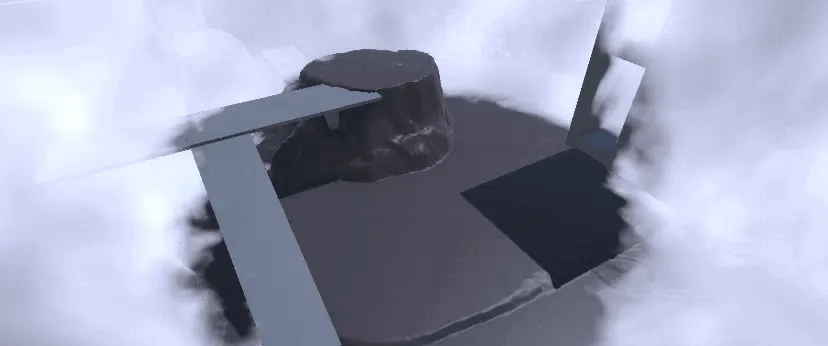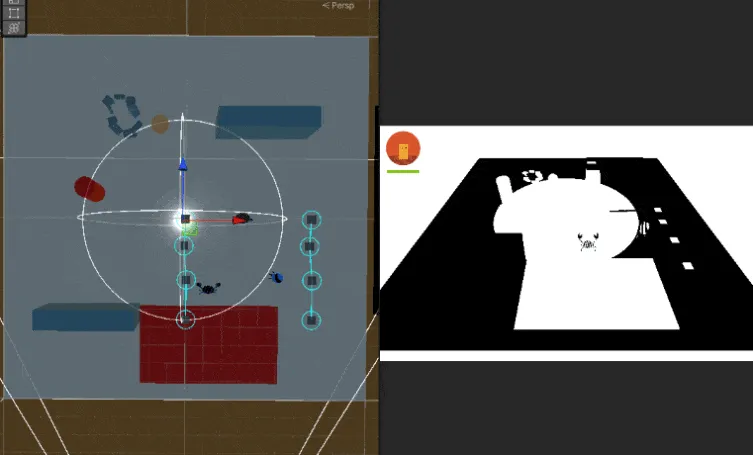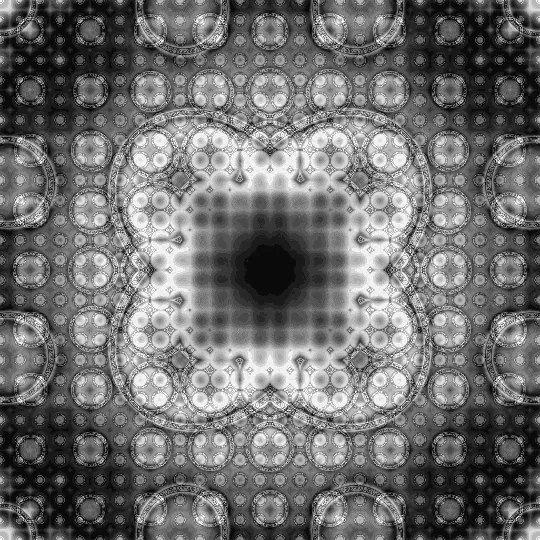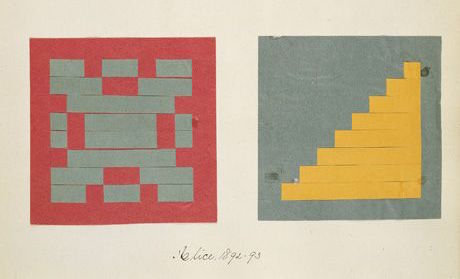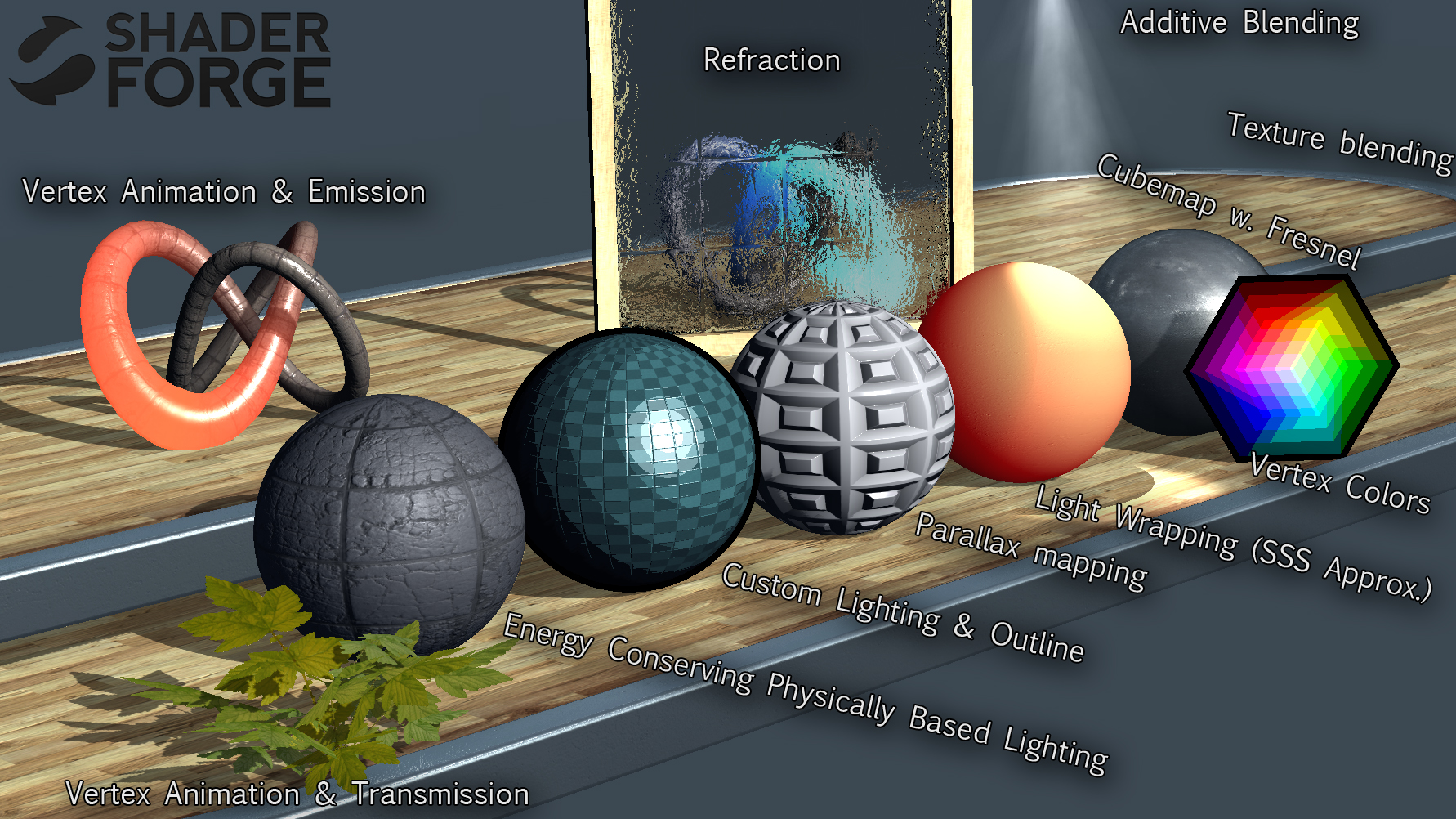Making a Live WebGPU Shader Editor
This is a continuation from my previous post about Learning Rust and WebGPU. As I’ve been working through the WebGPU and Rust tutorials, I reached the point where I could render triangles onto a canvas and experiment with custom shaders. This inspired me to take a small detour and build a live code editor for wgsl (WebGPU Shading Language). Previously, I created a live GLSL shader editor using three.js (Basics of Shader Fractals). That approach involved loading the entire three.js library and setting up a camera to render onto a plane. While it worked, it felt unnecessarily heavy and a bit convoluted for the simple task of live shader editing. ...
